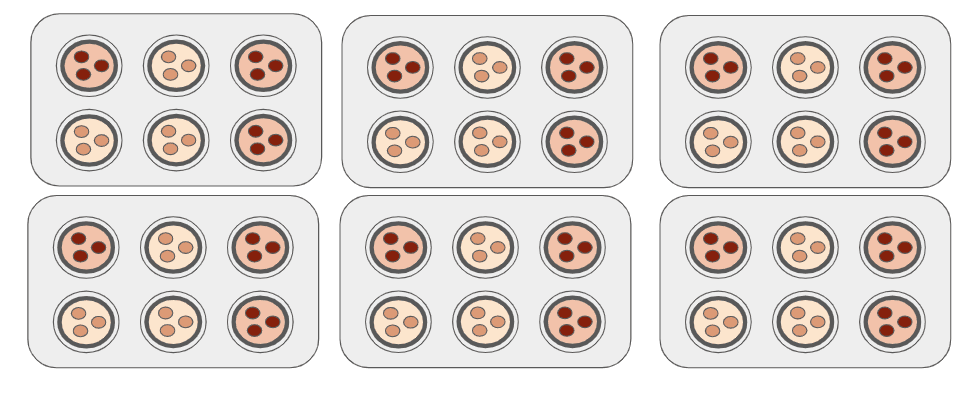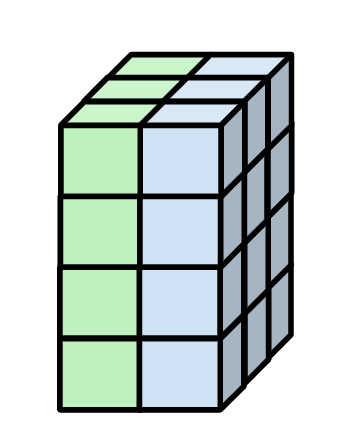Myths about teaching can hold you back
- Year 5
Apply commutative and associative laws to simplify multiplications
I can apply the commutative and associative laws to simplify multiplications of three or more numbers.
- Year 5
Apply commutative and associative laws to simplify multiplications
I can apply the commutative and associative laws to simplify multiplications of three or more numbers.
These resources will be removed by end of Summer Term 2025.
Switch to our new teaching resources now - designed by teachers and leading subject experts, and tested in classrooms.
These resources were created for remote use during the pandemic and are not designed for classroom teaching.
Lesson details
Key learning points
- Rearranging or grouping the factors in a multiplication can make it easier to solve.
Keywords
Efficient - Working efficiently means finding a way to solve a problem quickly whilst also maintaining accuracy.
Commutative - The commutative law states that you can write the values of a calculation in a different order without changing the solution; the result is the same. It applies to addition and multiplication.
Associative - The associative law states that it doesn't matter how you group or pair values (i.e. which we calculate first), the result is still the same. It applies to addition and multiplication.
Common misconception
Pupils continue to work only from left to right in calculations, therefore making calculations more time-consuming.
Support pupils to find pairs of factors that are easy to multiply with. For example, finding factors that make a power of ten often make calculations easier as they can multiply by 10, 100 or 1000 for example at the end.
To help you plan your year 5 maths lesson on: Apply commutative and associative laws to simplify multiplications, download all teaching resources for free and adapt to suit your pupils' needs...
To help you plan your year 5 maths lesson on: Apply commutative and associative laws to simplify multiplications, download all teaching resources for free and adapt to suit your pupils' needs.
The starter quiz will activate and check your pupils' prior knowledge, with versions available both with and without answers in PDF format.
We use learning cycles to break down learning into key concepts or ideas linked to the learning outcome. Each learning cycle features explanations with checks for understanding and practice tasks with feedback. All of this is found in our slide decks, ready for you to download and edit. The practice tasks are also available as printable worksheets and some lessons have additional materials with extra material you might need for teaching the lesson.
The assessment exit quiz will test your pupils' understanding of the key learning points.
Our video is a tool for planning, showing how other teachers might teach the lesson, offering helpful tips, modelled explanations and inspiration for your own delivery in the classroom. Plus, you can set it as homework or revision for pupils and keep their learning on track by sharing an online pupil version of this lesson.
Explore more key stage 2 maths lessons from the Multiply 3 or more numbers (commutative and associative laws) unit, dive into the full primary maths curriculum, or learn more about lesson planning.

Equipment
Licence
Prior knowledge starter quiz
6 Questions
Q1.What is the product of 7 and 9?
Q2.What does the number 6 represent in the image below? 3 × 2 × 6

Q3.What is the missing number in the expression? 4 × × 2 Use the image to help.

Q4.Look at the equation. Which two numbers would you multiply together first? 2 × (7 × 4)
Q5.Which equations could you use to work out the total number of cubes?

Q6.Match the expressions that are equal.
80 × 8
3 × 4
10 × 8
12 × 3


